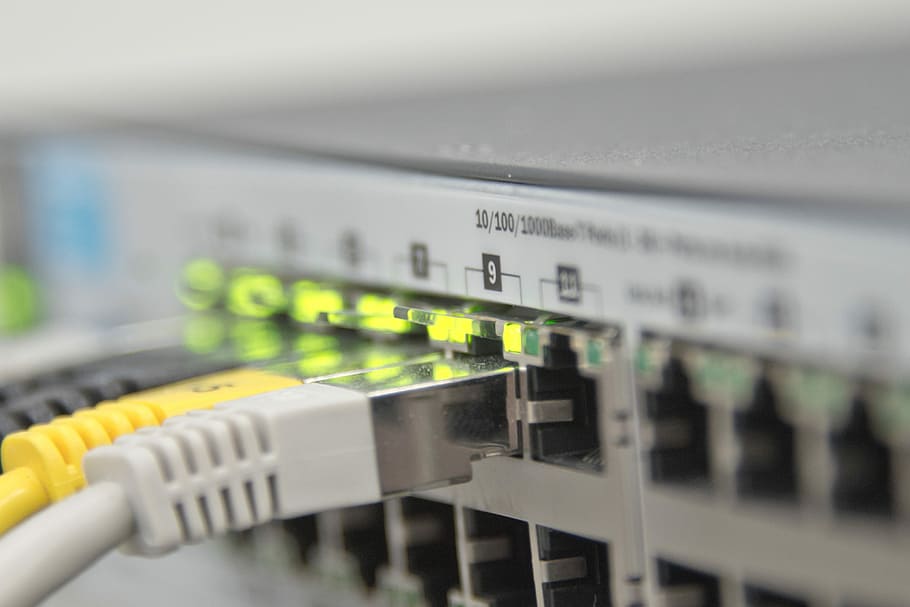Duplicate IP addresses in your LAN
Duplicate IP addresses can pose a challenge for AV installations. Fortunately, there are methods to detect duplicate IP addresses and resolve these issues.
IP address conflicts occur when two devices on a network are assigned the same IP address, resulting in one or both being disabled and losing connectivity until the conflict is resolved. IP address conflicts are often the result of configuration errors including assignment of the same static IP address by a network administrator, assignment of a static IP address within the DHCP range (dynamic range) resulting in the same address being automatically assigned by the local DHCP server or a system coming back online after an extended period in standby or hibernate mode with an IP address that has been reassigned and is already in use on the network.

How can I detect a duplicate IP?
When you have issues communicating with a device over the network, but you are able to ping it, then the easiest way to go about it is to try and remove the LAN cable from the device and try to ping it again.
If it keeps pinging correctly then another device on the LAN is using the same IP address. While your device in question is still unplugged, try to use an IP scanner like Fing or Advanced IP Scanner to perform a network scan and check if you can find out, which device is causing the conflict by looking at the hostname.
How can I fix it?
When the duplicate device is found you can solve it in different ways depending on what caused the issue in the first place. Speak to the network administrator (if you have one) about what to do.
If you are the administrator of the network, then do one of the following:
For an issue within the DHCP range - Reboot the devices in question and verify that they have received a new IP address using an IP scanner like the above mentioned ones. For an issue with static ip addresses - Change one of the devices in question to use another free IP address on the LAN, that is not within the DHCP range.
There are also other ways to detect it using i.e. Wireshark to scan the network for duplicate IP addresses.

